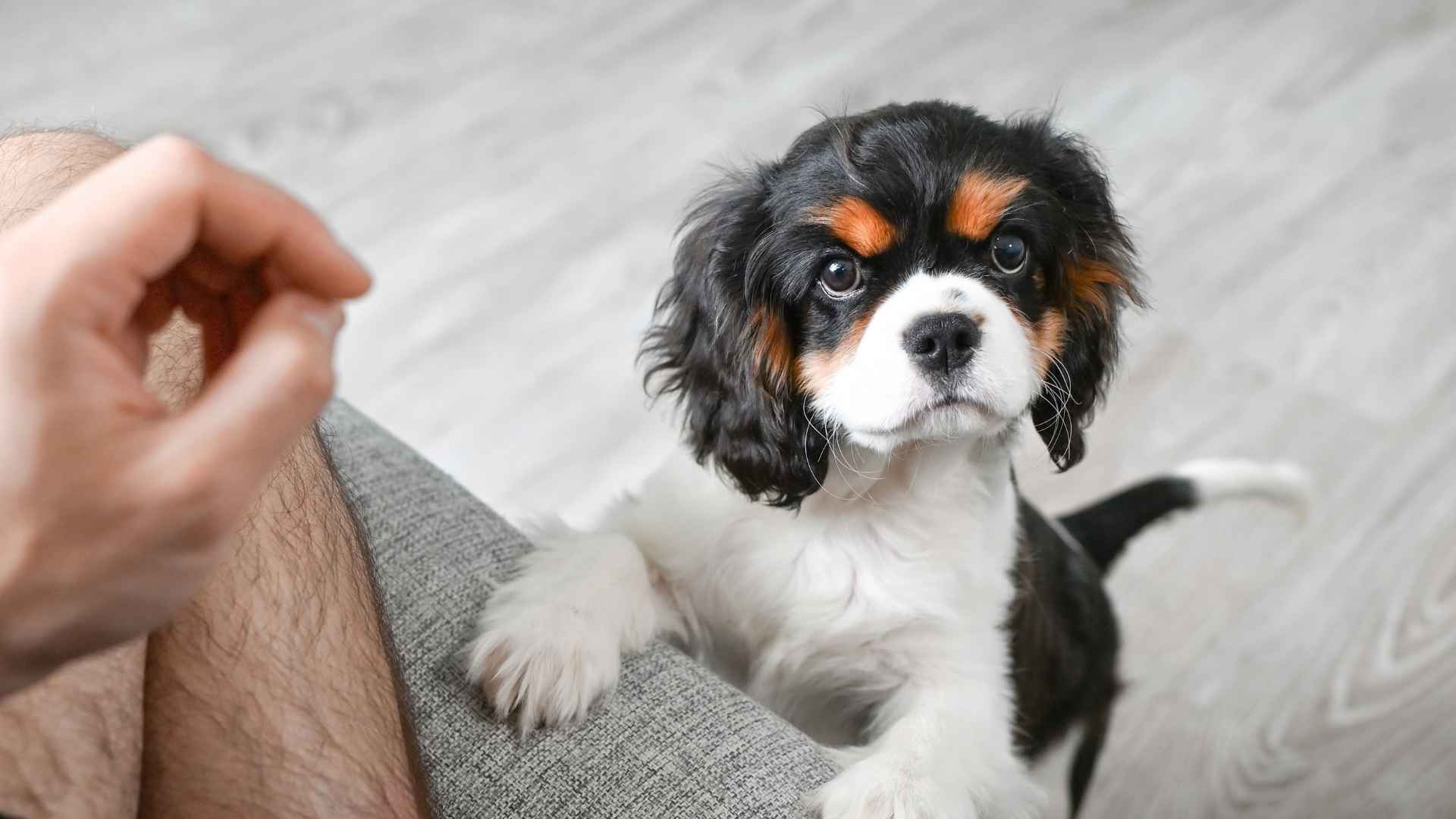Imagine your dog gazing into your eyes like you’ve got the most fascinating thing they’ve ever seen—because, in truth, you might be.
This isn’t guilt-tripping—it’s an evolutionary strategy.
Recent research by Miho Nagasawa and colleagues at Japan’s Azabu University found that when dogs and their owners make intentional eye contact, both trigger a dopamine-inducing, mood-lifting surge in oxytocin, the same hormone that deepens the maternal bond between a mother and her child, and prey animals don’t share that effect.
This isn’t just cute—it’s science in action.
In one study published in Hormones and Behavior (2009), dog owners were divided by how long their dogs gazed at them during a 30-minute interaction. Owners of dogs that stared longer had significantly higher oxytocin levels afterward—up to 300% more, compared with dogs that gazed briefly. Not just owners, either—dogs themselves registered increased oxytocin in correlation with their own gazing durations, confirming a mutual oxytocin feedback loop.
So when your pooch stares, don’t take it lightly—they’re reaching out biologically for a moment of reassurance, engagement, and love.
Dog Breeds That Stare Lovingly Until You Pet Them
1. Pug
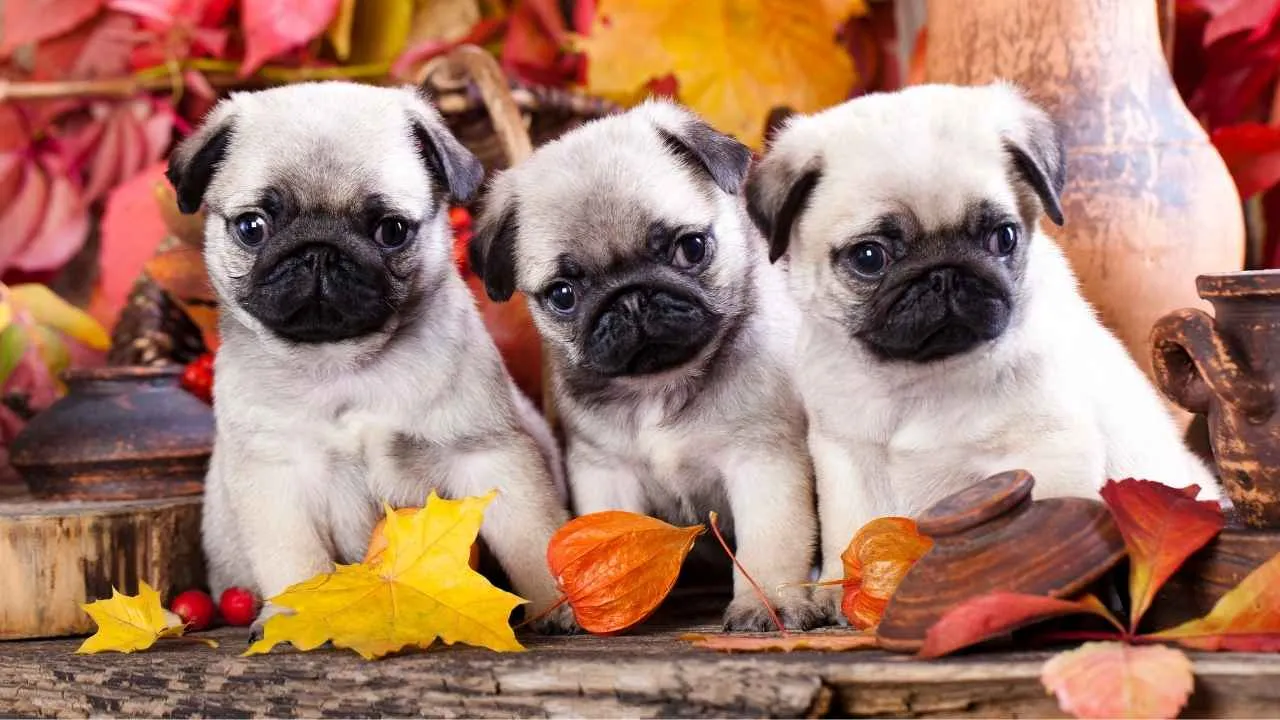
When a Pug locks eyes with you, prepare for some serious emotion.
These compact charmers evolved their wide-set, bulging eyes over centuries to communicate directly with humans, making their gaze not just adorable, but evolutionarily optimized for connection. As brachycephalic dogs, they literally face you head-on, maximizing eye contact during cuddle sessions.
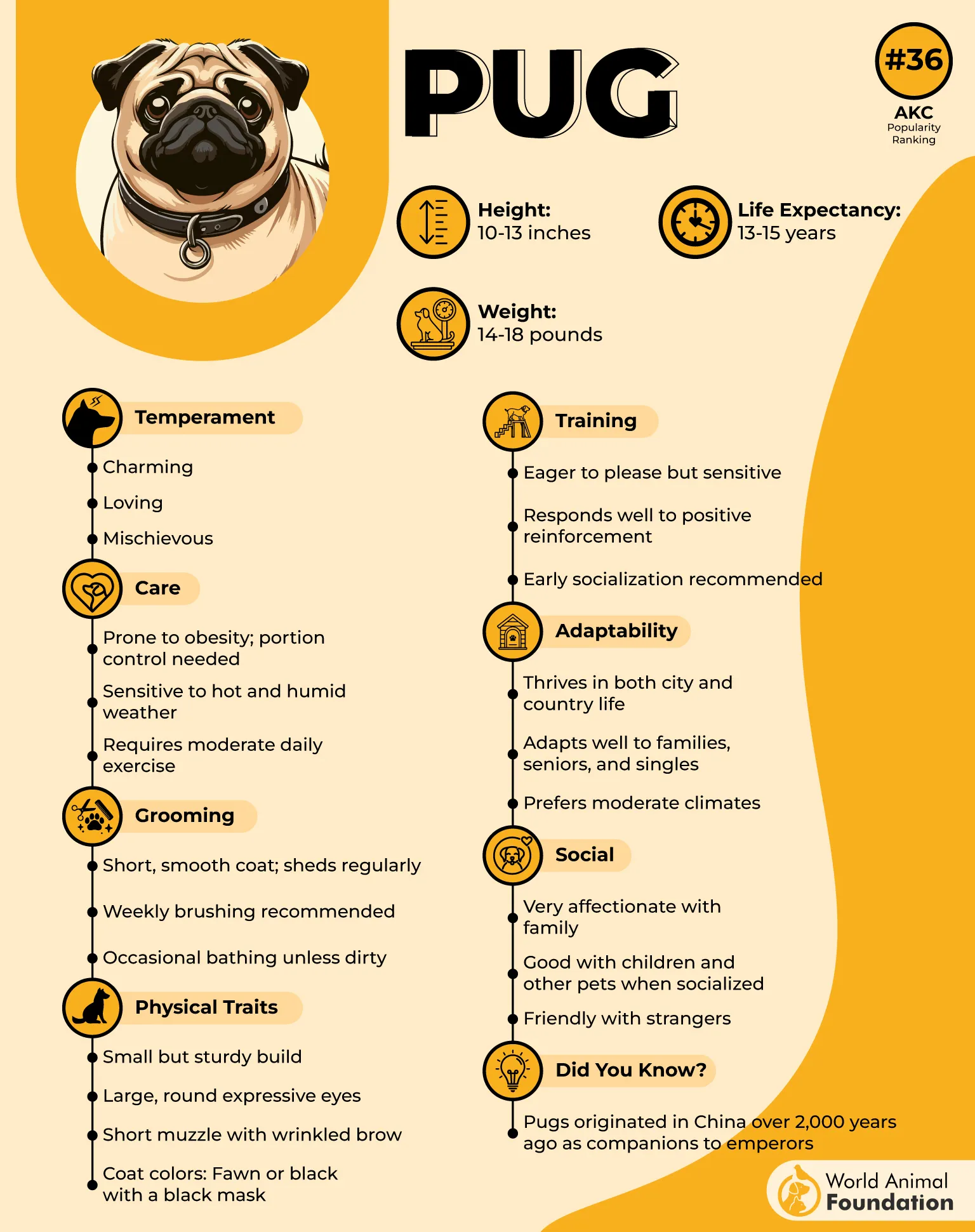
Originating in ancient China as companions for royalty, they were carefully bred for expressive faces and affectionate bonds. Their wrinkled foreheads and squished muzzles weren’t just aesthetic—they were social tools, signaling needs, mood, and affection through direct ocular expression.
When they tilt their heads and blink slowly, they’re echoing signals that humans interpret as vulnerability and trust.
Check out this beautiful video shared by a Reddit user of the Pug stare!
Modern social media confirms what scientists hypothesized: Pugs stare until petted. TikTok, Instagram—countless clips show Pugs tilting, blinking, and erupting into joy when love finally meets those soulful eyes.
They’ve turned “stare therapy” into internet gold.
2. Golden Retriever
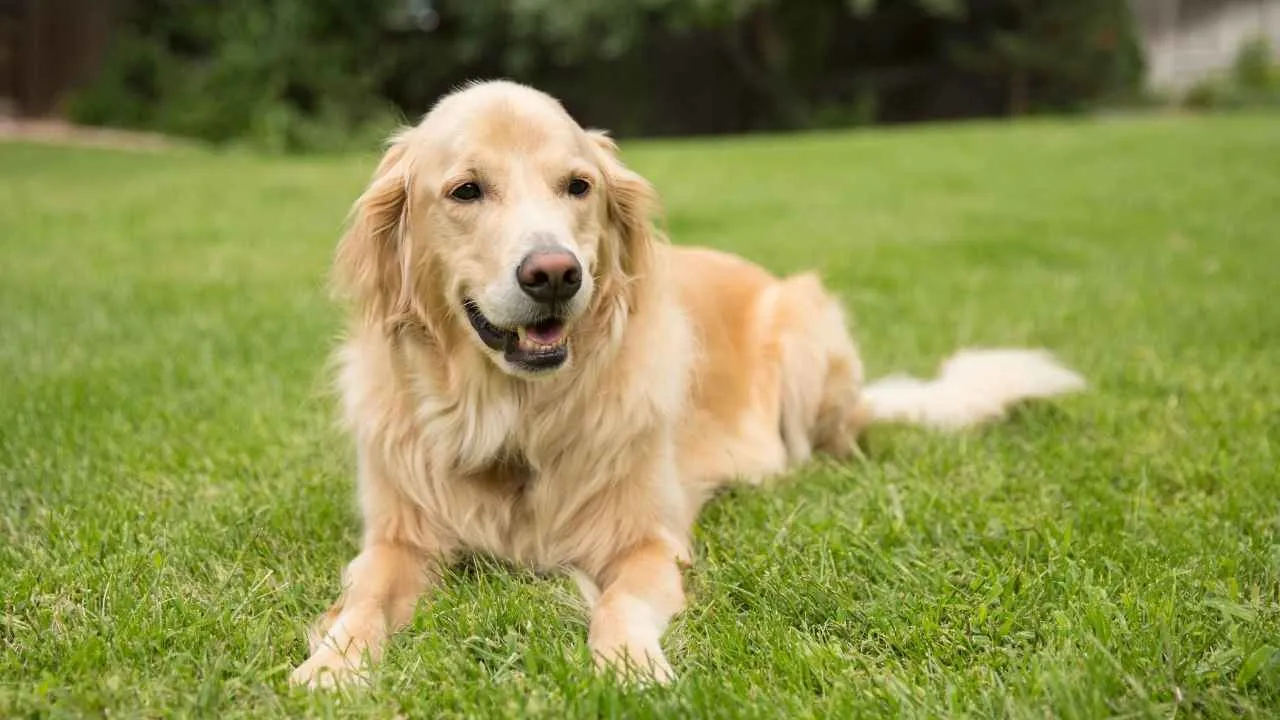
Golden Retrievers don’t just look at you—they watch over you.
Bred in 19th-century Scotland to retrieve game in marshy terrain, Goldens needed to maintain continuous visual attention to their handlers. That constant scanning bred an instinctual tendency to make eye contact—not just to look, but to connect.

Their gaze is rich in emotion: soft, hopeful, and practically physiologic in its ability to evoke love. Research suggests Goldens can raise owners’ oxytocin levels as effectively as maternal gaze in human children, creating a nurturing feedback system. It’s not just affection—it’s biochemical bonding.
This affectionate dog breed’s owners often describe “the gaze marathon,” where their dog maintains eye contact until a pet is given or a cue is followed. That’s because Golden DNA favors obedience and emotional attunement: they’re bred to feel what you feel, especially through eye expression.
Today, Golden retrievers headline therapy dog programs, support roles in hospitals, and family homes. In every setting, their gaze creates calm, trust, and reassurance—even in stressful moments. They’re not just looking—they’re affirming that they’re there, and you matter.
3. Cavalier King Charles Spaniel
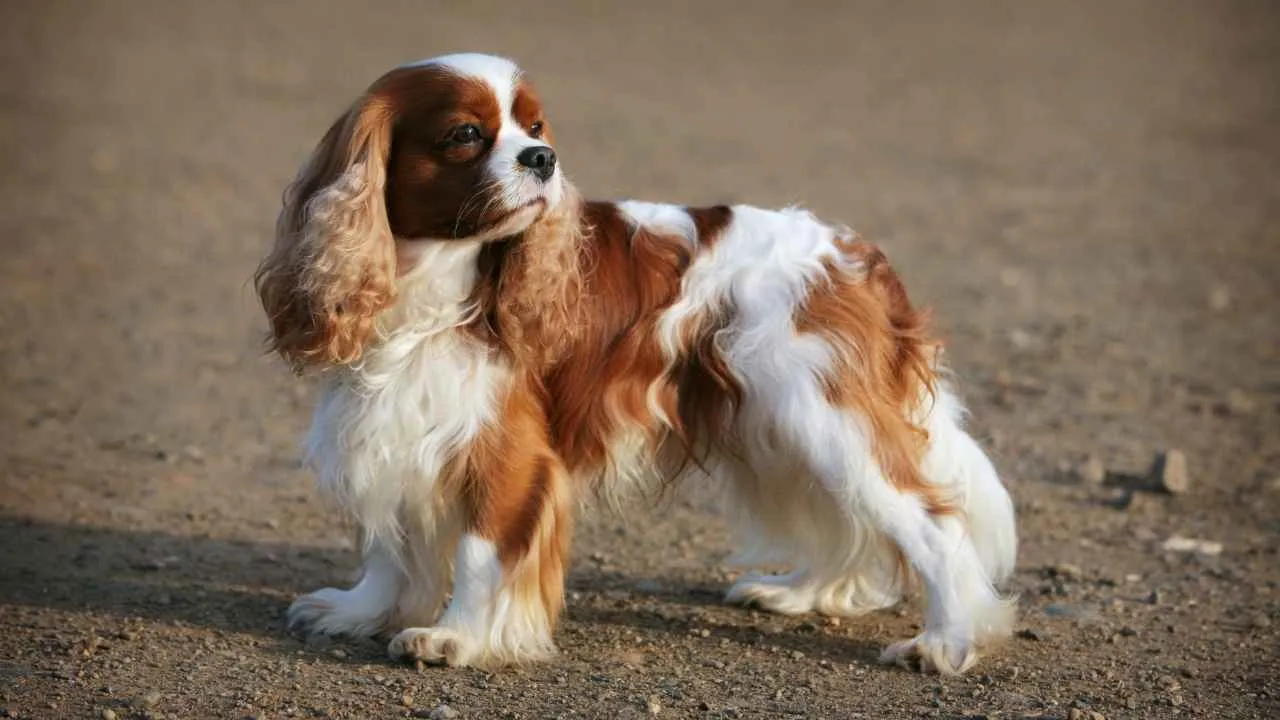
Cavaliers are practically aristocratic in their stare: soft, poised, and emotionally nuanced. Bred for the lap of British monarchs like King Charles II, Cavaliers were selected over generations for companions whose very presence—through gaze—comforted and soothed royal spirits.
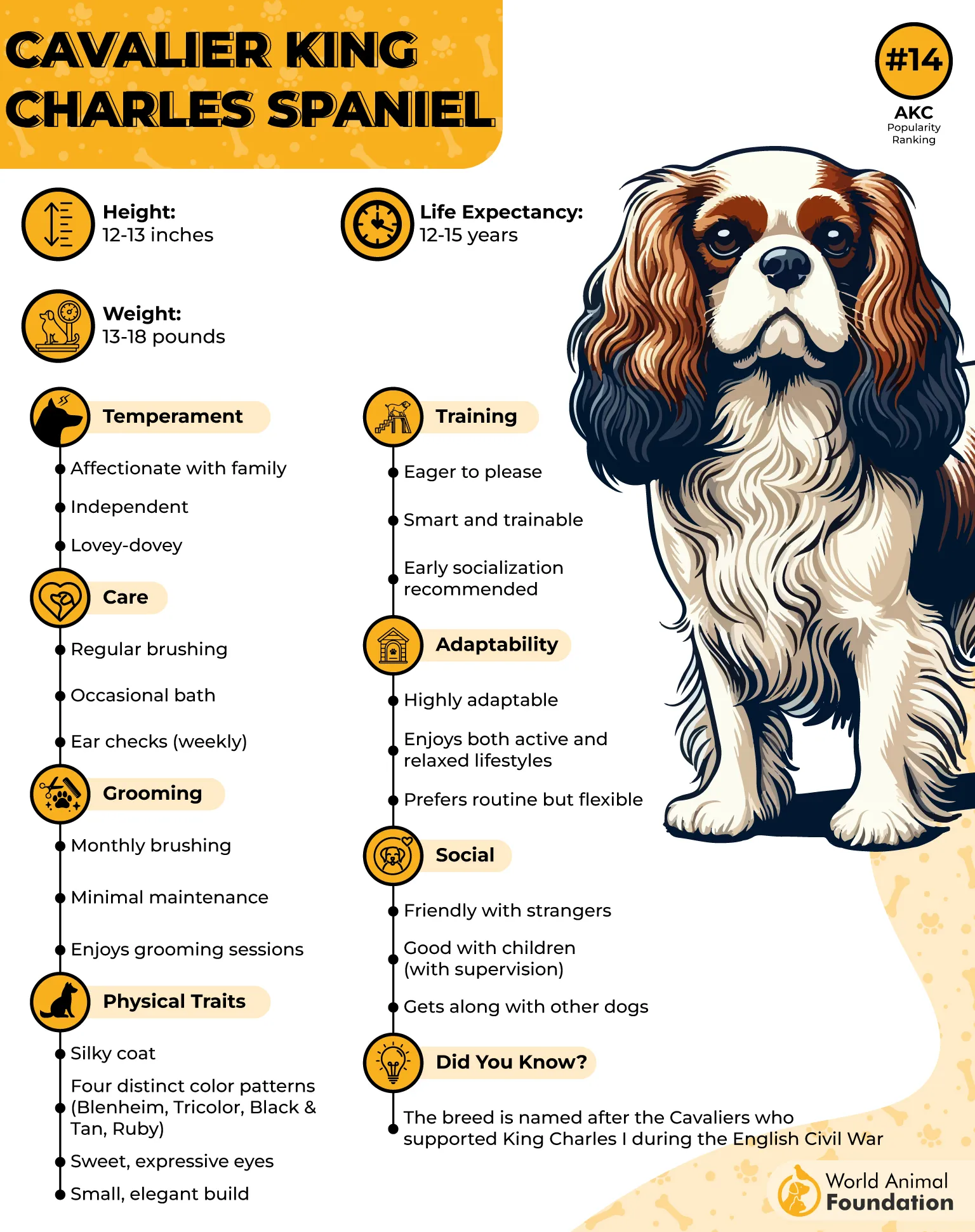
Their eyes sit wide on the face, framed by silky ears and expressive brows that say, “Notice me.” They use minimal blinking, sustained focus, and slight head tilts to show empathy and expectation. They excel at signaling subtle mood shifts, especially when reading human emotions.
For Cavaliers, who historically lacked working roles when compared to most other dogs, emotional connectivity became their functional trait: gaze equals reassurance.
Cavalier King Charles spaniels stare patiently until acknowledged, instinctively participating in comfort and companionship by connection.
4. Newfoundland

Imagine being watched over by friendly eyes that say, “I’ve got you.”
That’s a Newfoundland.
Originally bred in Newfoundland, as per PetMD, to rescue drowning humans, these dogs were selected for focused attention, especially on distressed swimmers. That same rescue instinct translates into deep, steady eye contact today.
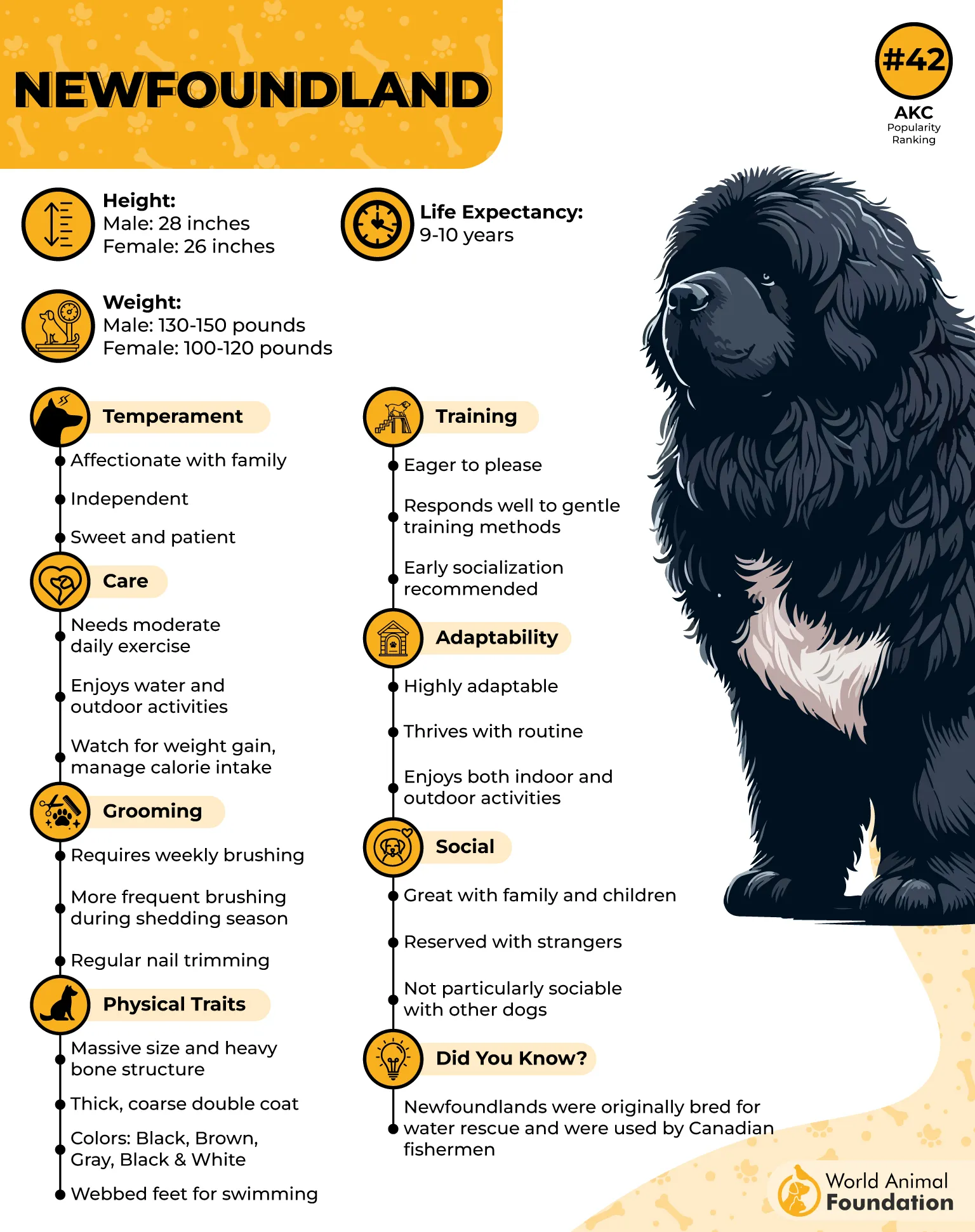
Newfs often maintain eye contact longer than most, accompanied by slow tail wags and a calm demeanor. Behaviorists suggest this intense gaze is part of their instinct to monitor, assess, and respond to human cues, especially in potentially dangerous scenarios.
Their size and empathy work hand in hand: Newfoundlands (who wear a thick double coat) typically keep eye contact at child level, giving reassurance to small humans, while also looking up to handle instructions or signals.
In family settings, Newfs are often called “nanny dogs” because they stay visually aware of children and loved ones, maintaining calm control until petting or reassurance is mutual, solid, silent, loving companionship.
5. Great Dane
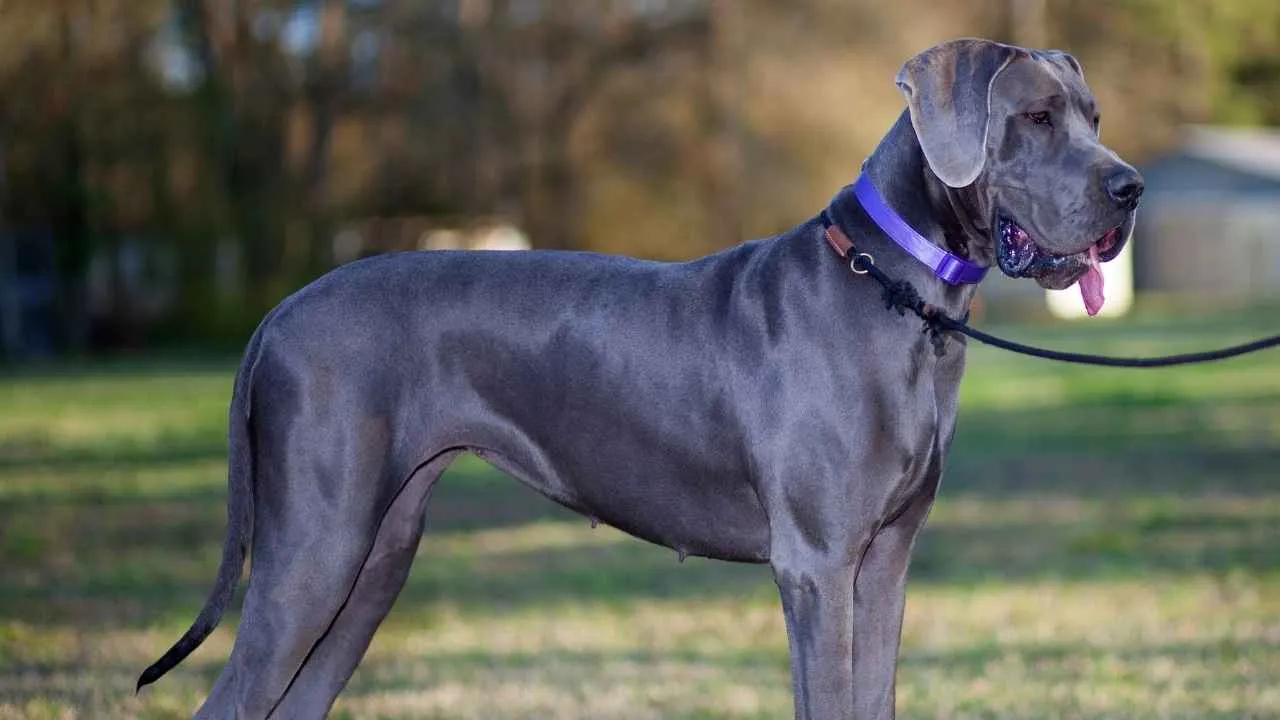
When a Great Dane meets your gaze, time slows.
Their towering height combined with soft, soulful eyes creates a gravitational pull—it’s impossible not to respond with affection. Historically, Danes were used to hunt boar and guard property; maintaining visual contact with handlers was strategic for coordination in the field.
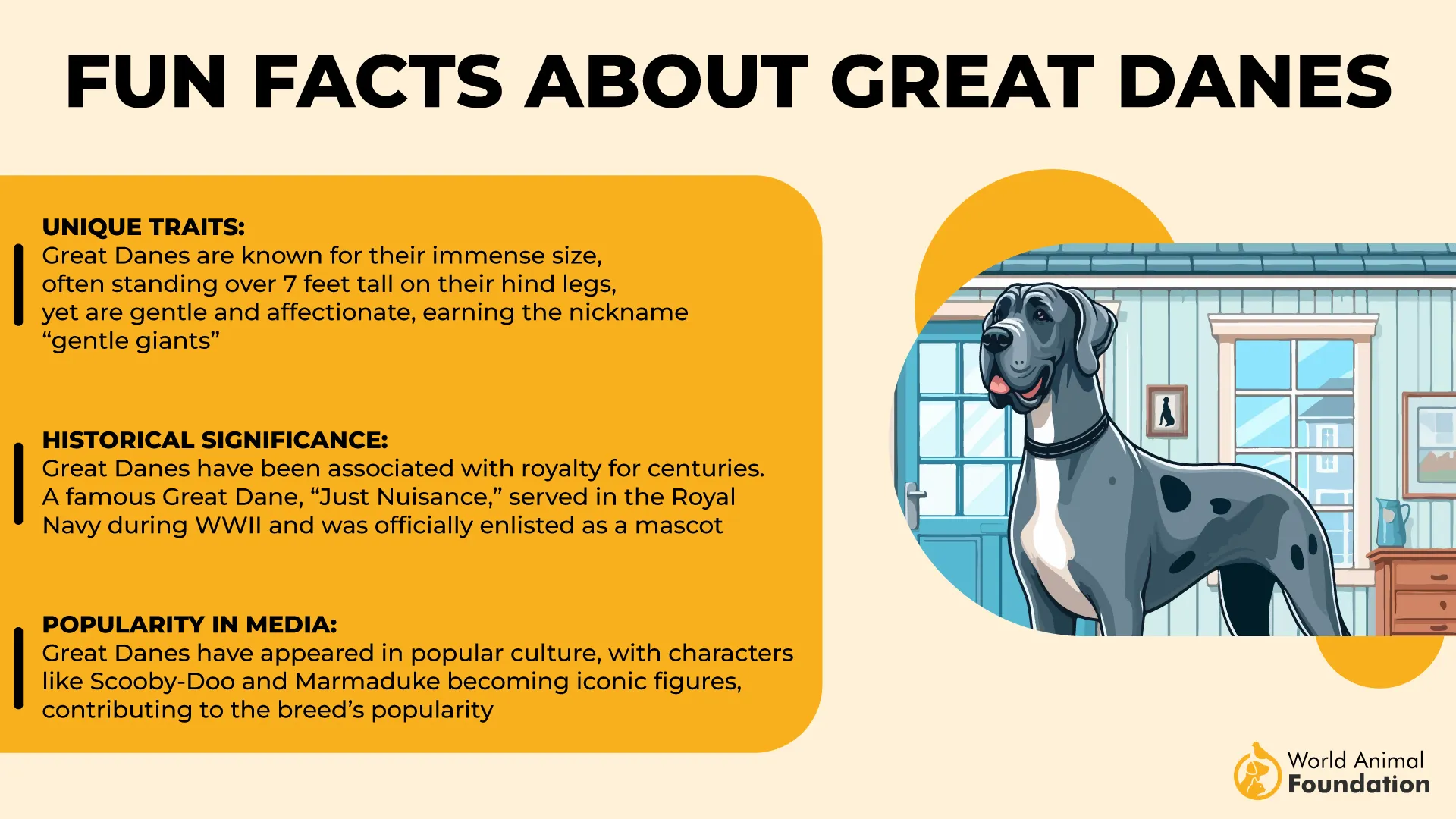
This upright perspective means Danes often look down at humans, which paradoxically deepens the connection. Their large eyes register detail more intensely, and their forward attention creates calm focus. That’s why their gaze often yields long petting sessions.

Neuroscience indicates that large breeds like Danes trigger higher oxytocin release through body language & gaze synergy. Their calm presence and sustained eye contact create reassurance and trust in handlers, especially children or anxious owners.
They are surely the best gazers in the dog world.
6. Labrador Retriever
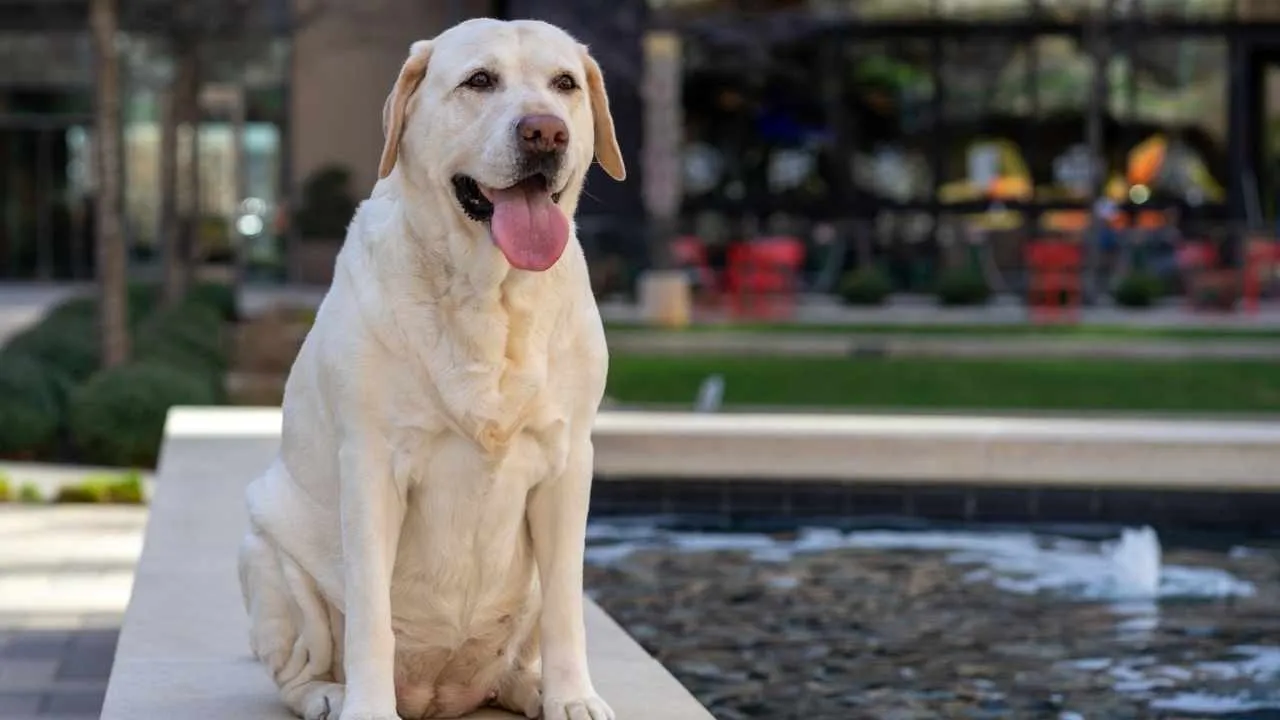
Labradors are pros at performing the “breakfast stare.” With soft eyes and eager expressions, they lock into your face at dawn, and typically leave until a treat is offered. Their gaze is strategic, rooted in the selective breeding for food retrieval and human-focused tasks.
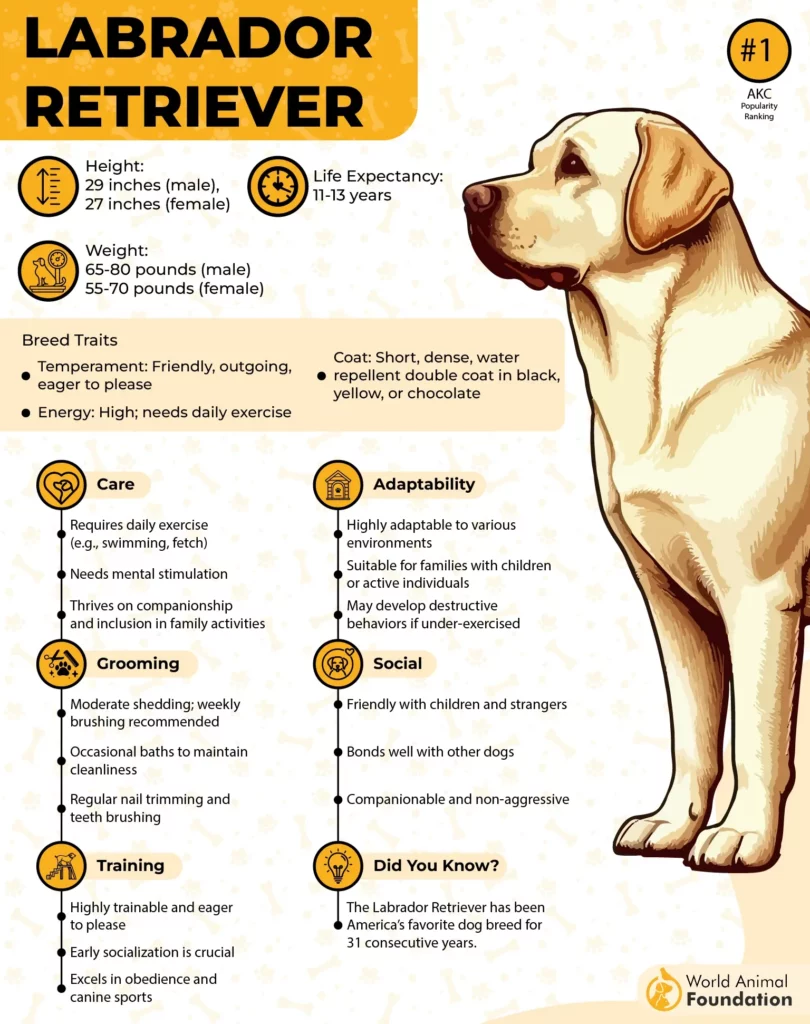
Goldens get credit for emotional bonding, but Labs mastered it: studies show they use gaze to request action (walk, treat, affection) deeply tied to conditioned oxytocin rewards. Their attentive eyes help humans anticipate needs—treats, affection, or games.
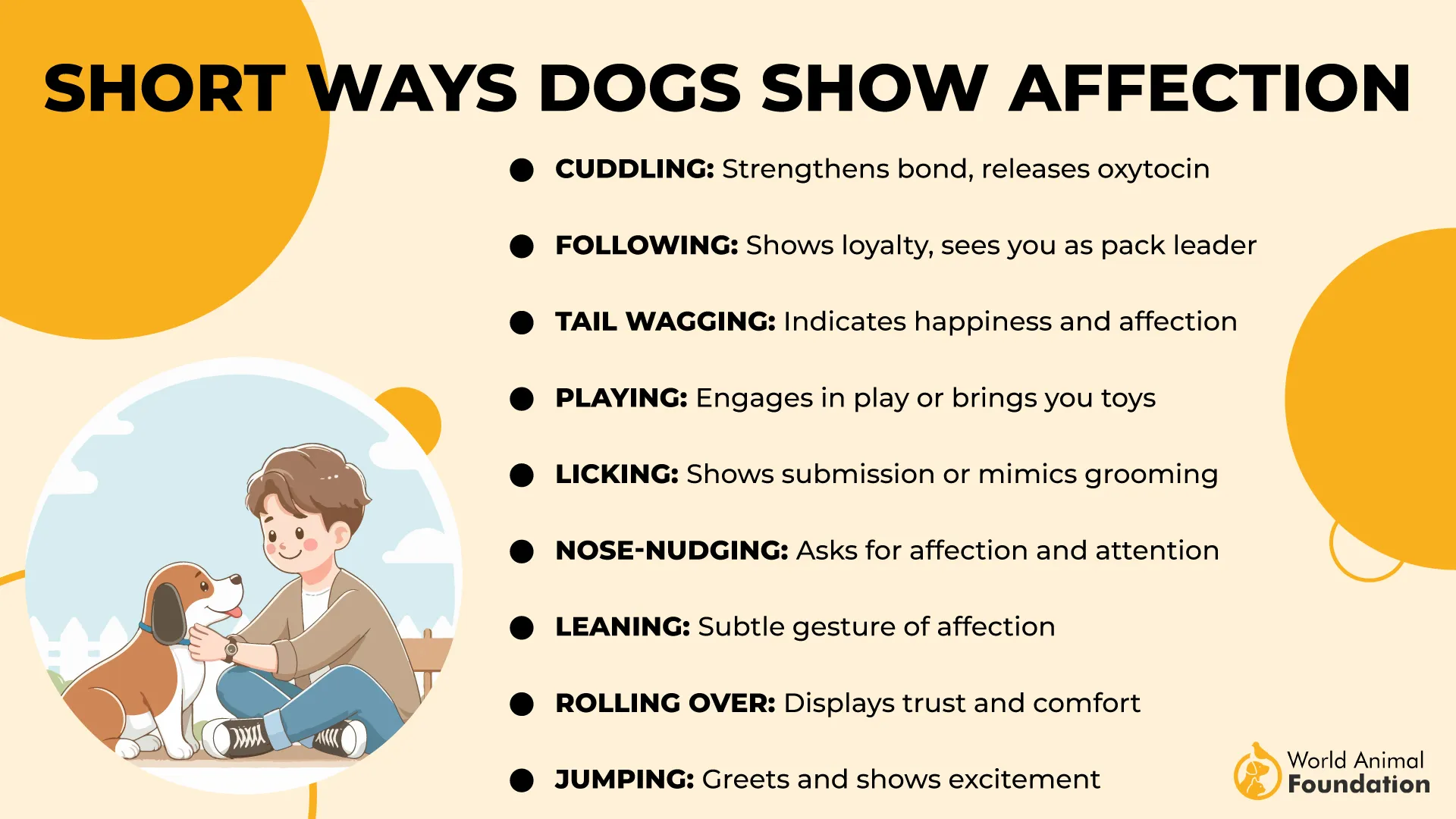
These loyal dogs were developed to work closely with fishermen, retrieving nets in icy water. That job fused eye contact with cooperative action. Over generations, Labs evolved into high-energy dogs who look while they wait—not passive, but expecting you’ll respond.
As modern family dogs, Labradors are often captured looking expectantly at their guardians—cats or cars distract them less than the human face. Once petted, their expression brightens instantly, and the gaze resets, ready to connect again.
7. Bichon Frise
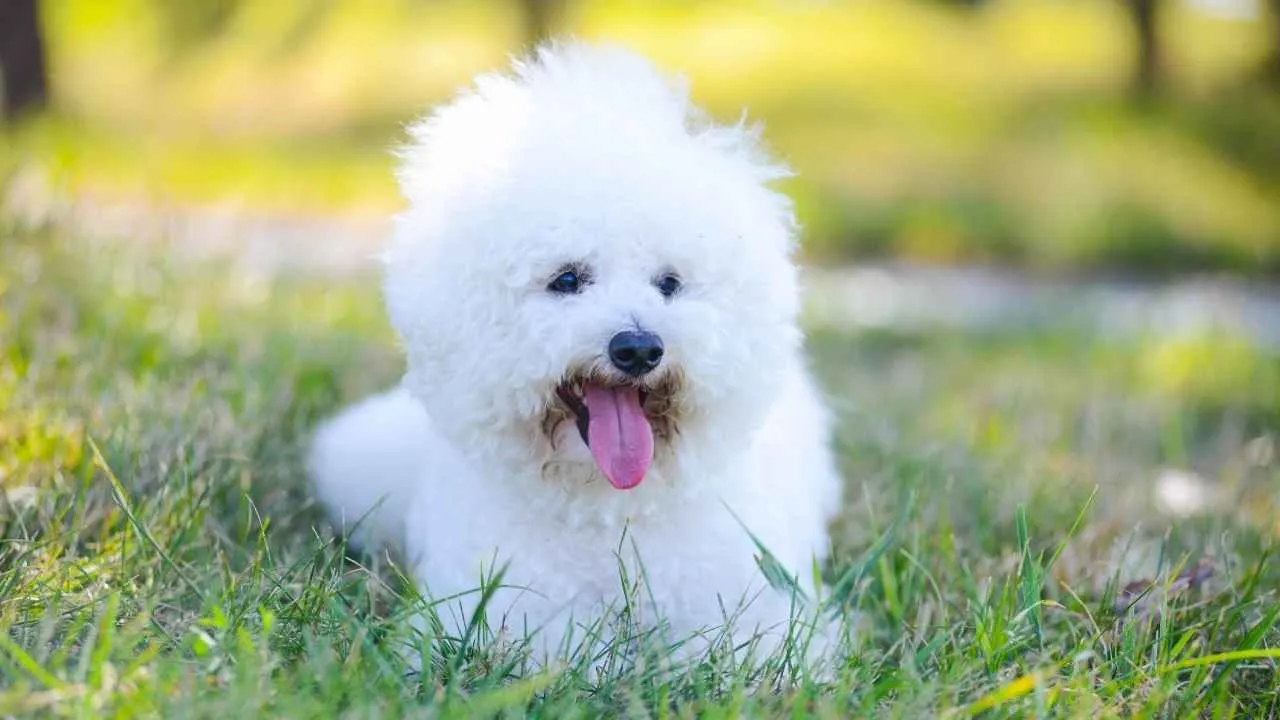
Bichons stare flirtatiously—and they know it. Bred as circus performers and companion dogs in the Mediterranean, they were trained to charm human audiences using gaze, body language, and eyebrow movement. That hereditary performance habit persists today.
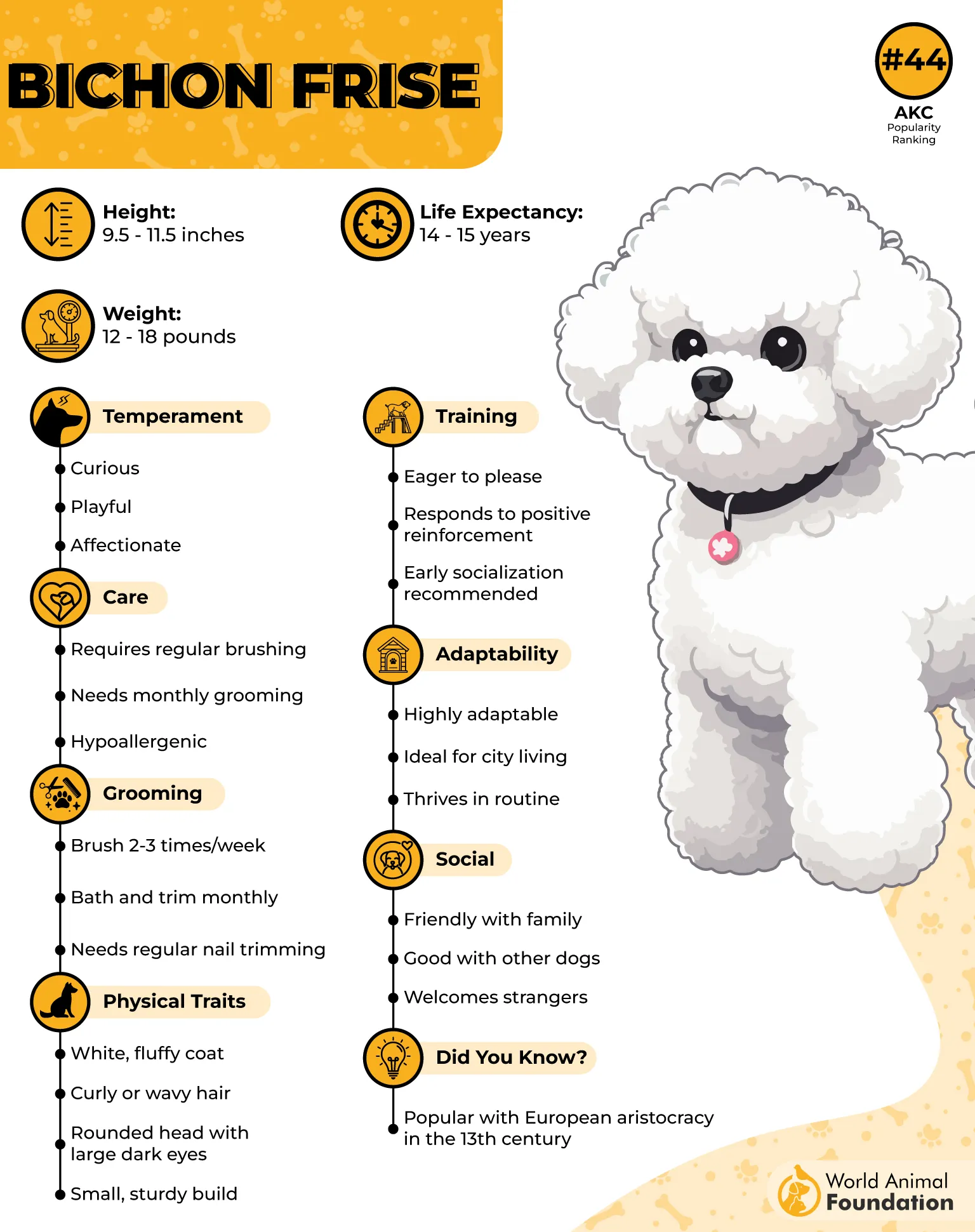
Their large, round eyes, framed by expressive eyebrows and fluffy brows, create a look of perpetual puppy wonder. Bichons often blink slowly, hold tilted head contact, and even flare their eyelashes slightly—all inviting touch.
They love to stay close and are known for curling up in your lap, under your desk, or wherever you are. You can call them velcro dogs!
These affectionate breed dogs are known as “therapy clowns” for a reason: in care homes and schools, their consistent gaze paired with gentle interaction helps soothe anxiety. They stare until pet—and then reward you with a goofy wiggle and happy underbelly reveal.
Conclusion
These seven breeds aren’t just experts at looking cute—they’re emotionally engineered with gaze as their superpower.
From Majestic Danes to tiny Bichons, their eyes speak love, trust, and a sweet request: “Pet me, please.”
Staffordshire bull terriers, Pit bulls, Boston terriers, and Shih Tzu are also some affectionate dogs that love spending time with their favorite humans. Every extended stare is a biological invitation—a moment of deep connection. Next time your dog holds your gaze, take it seriously: giant heart, soft eyes, and a pending pet.


